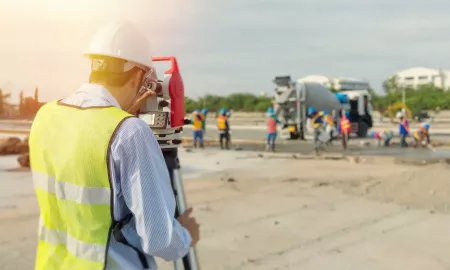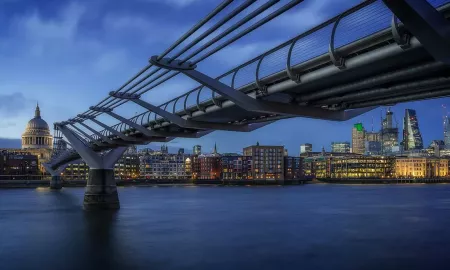Heritage buildings and historical assets present a truly unique monitoring challenge. By their very nature, they are often old and fragile with poor foundations and constructed from materials less tolerant to small environmental changes.

At the same time, heritage buildings are often extremely valuable as historical architectural records and need to be preserved in a state that is as close to original as feasibly possible.
At SOCOTEC Monitoring, both sides of this coin are recognised and respected, and the team is experienced in designing and installing innovative monitoring systems which can be fixed to a heritage building or structure with the minimum amount of intrusive work. We also know the importance of correctly decommissioning this equipment at the end of a monitoring campaign, to ensure the asset is left just the way it was found.
Over the years, SOCOTEC Monitoring has become well-known as an expert provider of monitoring solutions for heritage buildings and other heritage assets, having worked closely with building owners, maintainers and local councils to ensure that these kinds of structures are treated sensitively, when requiring monitoring. Below we look at some of the memorable projects the SOCOTEC Monitoring team has worked on in this specialist area.
Monitoring Heritage Buildings
SOCOTEC Monitoring provides monitoring solutions to ensure that heritage buildings are treated carefully, using a scheme that is appropriate for the structure. One such project involved the monitoring of Acland House, a listed building owned by the University of Oxford.
Founded in the 13th century, Oxford is the oldest university in the English-speaking world and today is a global centre of excellence in undergraduate and post-graduate education and a world leader in research. Providing an excellent experience for students and ensuring the best possible learning and research environment is crucial, and this was one of the drivers behind the development of the H B Allen Centre on the Acland House site at Keble College.
In the summer of 2016, works started with the demolition of the existing buildings around Acland House and Felstead House, which were to be retained. Basement excavation across the site and, in particular, under the listed Acland House, required nearly 65,000m³ of dug material to be removed from the site. A robust monitoring system was required to ensure that the retained buildings remained structurally sound during the works.
Tilt sensors were installed on the facades and inside the buildings. Due to Acland House being a listed building, Heritage England were involved as consultants to ensure that any works carried out were mindful of the preservation of the retained buildings. SOCOTEC Monitoring devised low impact installation methods and explored wireless monitoring techniques which reduced the use of intrusive equipment and extensive cable runs, ensuring that everything SOCOTEC Monitoring did onsite had as little impact to the listed building as possible.
Similarly, wireless tilt sensors and crackmeters were recommended when, in 2006, The Morton Partnership contacted SOCOTEC Monitoring to comment on the feasibility of installing a structural monitoring system in Bell Harry Canterbury Cathedral.
Condition surveys carried out by The Morton Partnership revealed a number of cracks in the tower which required a monitoring system to check for ongoing propagation. The installed sensors were painted in a colour to match the Lepine stone of the Cathedral, to ensure minimum visual impact. This system is still in use today.
Monitoring Historical Assets
As well as heritage buildings, SOCOTEC Monitoring also provides unobtrusive and bespoke monitoring systems to preserve and safeguard other historical assets, such as the one installed for HMS Victory.
Commissioned by the Building Research Establishment, in 2008 – and also still in current use - SOCOTEC Monitoring designed and installed a movement monitoring system for the oldest commissioned warship. Manual surveys had been undertaken on board for many years at sporadic intervals, causing issues for visitors. To remove these issues, the decision was made to install a movement monitoring system relinquishing the need to conduct manual surveys of the ship at such regular intervals.
SOCOTEC Monitoring devised a solution using a combination of drawwires and electrolevels throughout the ship. Piezometers were also installed around the grade 1 listed dock to monitor the pore water pressure around the dock and the effects of the tide. To once again ensure minimum visual impact, all sensors were painted in a colour to blend in with the ship’s wood work, and new electrolevel beams were designed enabling them to be shaped to fit the structure.
If you own or manage a historical asset or heritage building which requires monitoring, please contact the team today to ensure it is treated sensitively.
Want to find out more about SOCOTEC's asset monitoring services?

You might also like







Add new comment